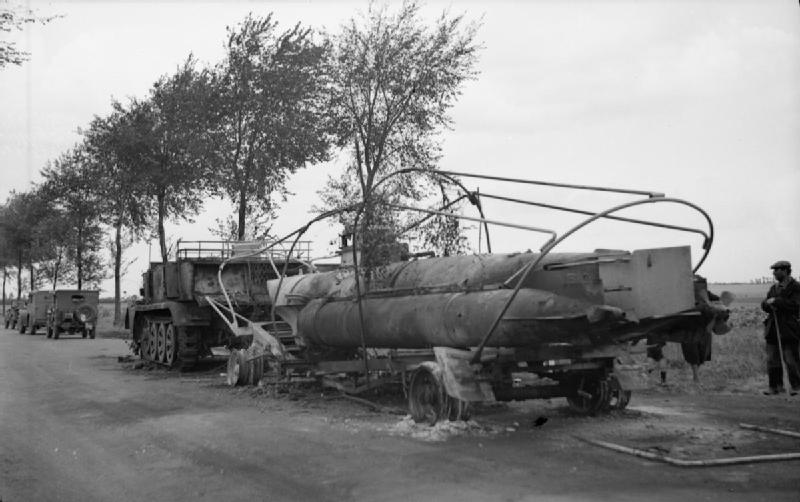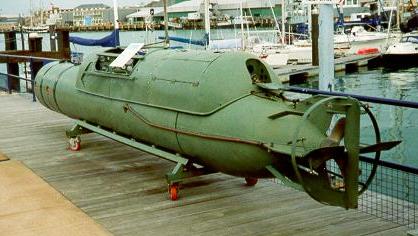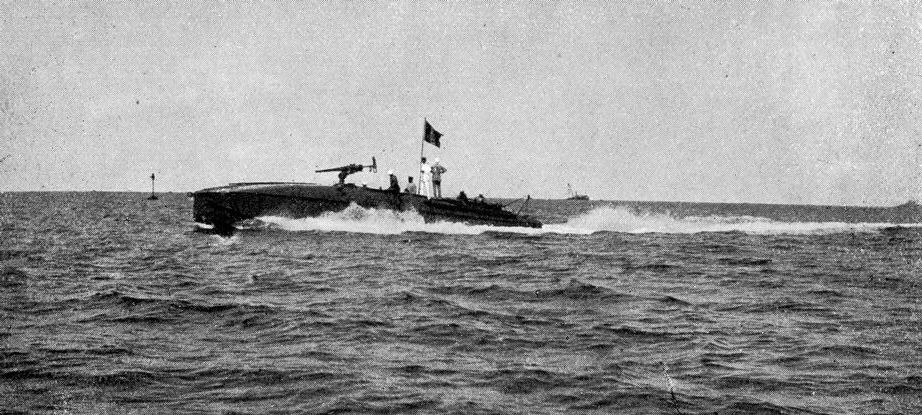|
Italeri
Italeri S.p.A. is an Italian manufacturer of plastic scale models of airplanes, military vehicles, helicopters, ships, trucks, and cars. The company was founded in 1962 by Giuliano Malservisi and Gian Pietro Parmeggiani to produce accurate scale model kits with attention to detail. History The company was founded in 1962 by Giuliano Malservisi and Gian Pietro Parmeggiani. Since childhood, they had loved airplanes and military vehicles, but were not satisfied enough with the scale models on the market available at those times. They began to produce models themselves, first as a hobby, and later turning it into a business. The first name of the company was "Italstamp" and the first scale model kit was released with the brand "Aliplast", a 1:72 model of the Italian fighter Fiat G.55. The company name changed to "Italaerei" and, ten years later, it was contracted into "Italeri", easier to use and to pronounce not only in Italian language. The logo consists of an airplane silhouet ... [...More Info...] [...Related Items...] OR: [Wikipedia] [Google] [Baidu] |
Plastic Model
:''In art and architecture, plastic model may also be any three-dimensional physical model, regardless of material.'' :''In mechanical engineering, a plastic model is a mathematical model of a material which incorporates plasticity.'' image:South-Goodwin.jpg, 300px, A 4-year-old boy starts painting an assembled plastic model of the South Goodwin Lightship A plastic model is a plastic scale model manufactured as a wikt:kit, kit, primarily assembled by hobbyists, and intended for static display. A plastic model kit depicts various subjects, with a majority depicting military and civilian vehicles. A kit varies in difficulty, ranging from a "snap-together" model that assembles straight from the box, to a kit that requires special tools, paints, and cements. Subjects The most popular subjects of plastic models by far are vehicles such as aircraft, ships, automobiles, and armored vehicles such as tanks. The majority of models depict military vehicles, due to the wider variety of form ... [...More Info...] [...Related Items...] OR: [Wikipedia] [Google] [Baidu] |
Privately Held Company
A privately held company (or simply a private company) is a company whose shares and related rights or obligations are not offered for public subscription or publicly negotiated in the respective listed markets, but rather the company's stock is offered, owned, traded, exchanged privately, or Over-the-counter (finance), over-the-counter. In the case of a closed corporation, there are a relatively small number of shareholders or company members. Related terms are closely-held corporation, unquoted company, and unlisted company. Though less visible than their public company, publicly traded counterparts, private companies have major importance in the world's economy. In 2008, the 441 list of largest private non-governmental companies by revenue, largest private companies in the United States accounted for ($1.8 trillion) in revenues and employed 6.2 million people, according to ''Forbes''. In 2005, using a substantially smaller pool size (22.7%) for comparison, the 339 companies on ... [...More Info...] [...Related Items...] OR: [Wikipedia] [Google] [Baidu] |
Fiat L6/40
The L6/40 was a light tank used by the Italian army from 1940 through World War II. It was designed by Ansaldo as an export product, and was adopted by the Italian Army when officials learned of the design and expressed interest. It was the main tank employed by the Italian forces fighting on the Eastern Front alongside the L6/40-based Semovente 47/32 self-propelled gun. L6/40s were also used in the North African campaign. The official Italian designation was Carro Armato ("armored vehicle", i.e. "tank") L6/40. This designation means: "L" for ''Leggero'' ("light"), followed by the weight in tons (6) and the year of adoption (1940). Design and development The L6/40 was a conventional light tank design of riveted construction. A one-man turret in the centre mounted a single Breda Modello 35 20 mm main gun and a Breda 38 8 mm coaxial machine gun. The driver sat in the front right of the hull. The riveted armour was six to 40 mm in thickness, which was roughly ... [...More Info...] [...Related Items...] OR: [Wikipedia] [Google] [Baidu] |
Trailer (vehicle)
A trailer is an unpowered vehicle towed by a powered vehicle. It is commonly used for the transport of goods and materials. Sometimes recreational vehicles, travel trailers, or mobile homes with limited living facilities where people can camp or stay have been referred to as trailers. In earlier days, many such vehicles were towable trailers. United States In the United States, the term is sometimes used interchangeably with travel trailer and mobile home, varieties of trailers and manufactured housing designed for human habitation. Their origins lay in utility trailers built in a similar fashion to horse-drawn wagons. A trailer park is an area where mobile homes are placed for habitation. In the United States trailers ranging in size from single-axle dollies to 6-axle, high, long semi-trailers are commonplace. The latter, when towed as part of a tractor-trailer or "18-wheeler", carries a large percentage of the freight that travels over land in North America. Types ... [...More Info...] [...Related Items...] OR: [Wikipedia] [Google] [Baidu] |
Biber (submarine)
''Biber'' (German for "beaver") was a German midget submarine of the Second World War. Armed with two externally mounted torpedoes or mines, they were intended to attack coastal shipping. They were the smallest submarines in the Kriegsmarine. The Biber was hastily developed to help meet the threat of an Allied invasion of Europe. This resulted in basic technical flaws that, combined with the inadequate training of their operators, meant they never posed a real threat to Allied shipping, despite 324 submarines being delivered. One of the class's few successes was the sinking of the cargo ship '' Alan A. Dale''. Several survive in museums, including one in operational condition. Development Construction of the first prototype began in February 1944 and was completed in less than 6 weeks. The initial prototype, officially titled ''Bunteboot'' (but better known as ''Adam''), was heavily influenced by the British Welman submarine. It differed from the final design in a number of r ... [...More Info...] [...Related Items...] OR: [Wikipedia] [Google] [Baidu] |
Germany
Germany,, officially the Federal Republic of Germany, is a country in Central Europe. It is the second most populous country in Europe after Russia, and the most populous member state of the European Union. Germany is situated between the Baltic and North seas to the north, and the Alps to the south; it covers an area of , with a population of almost 84 million within its 16 constituent states. Germany borders Denmark to the north, Poland and the Czech Republic to the east, Austria and Switzerland to the south, and France, Luxembourg, Belgium, and the Netherlands to the west. The nation's capital and most populous city is Berlin and its financial centre is Frankfurt; the largest urban area is the Ruhr. Various Germanic tribes have inhabited the northern parts of modern Germany since classical antiquity. A region named Germania was documented before AD 100. In 962, the Kingdom of Germany formed the bulk of the Holy Roman Empire. During the 16th ce ... [...More Info...] [...Related Items...] OR: [Wikipedia] [Google] [Baidu] |
Human Torpedo
Human torpedoes or manned torpedoes are a type of diver propulsion vehicle on which the diver rides, generally in a seated position behind a fairing. They were used as secret naval weapons in World War II. The basic concept is still in use. The name was commonly used to refer to the weapons that Italy, and later (with a larger version) Britain, deployed in the Mediterranean and used to attack ships in enemy harbors. The human torpedo concept has occasionally been used by recreational divers, although this use is closer to midget submarines. History of common wartime models The concept of a small, manned submarine carrying a bomb was developed and patented by a British naval officer in 1909, but was never used during the First World War. The Italian Navy experimented with a primitive tiny sub (Mignatta) carrying two men and a limpet mine: this craft successfully sank Austro-Hungarian battleship SMS ''Viribus Unitis'' on 1 November 1918. The first truly practical human to ... [...More Info...] [...Related Items...] OR: [Wikipedia] [Google] [Baidu] |
Regia Marina
The ''Regia Marina'' (; ) was the navy of the Kingdom of Italy (''Regno d'Italia'') from 1861 to 1946. In 1946, with the Italian constitutional referendum, 1946, birth of the Italian Republic (''Repubblica Italiana''), the ''Regia Marina'' changed its name to ''Marina Militare'' ("Military Navy"). Origins The ''Regia Marina'' was established on 17 March 1861 following the proclamation of the formation of the Kingdom of Italy (1861–1946), Kingdom of Italy. Just as the Kingdom was a unification of various states in the Italian Peninsula, Italian peninsula, so the ''Regia Marina'' was formed from the navies of those states, though the main constituents were the Real Marina (Kingdom of the Two Sicilies), navies of the former kingdoms of Kingdom of Sardinia, Sardinia and Kingdom of Naples, Naples. The new Navy inherited a substantial number of ships, both sail- and steam-powered, and the long naval traditions of its constituents, especially those of Sardinia and Naples, but also ... [...More Info...] [...Related Items...] OR: [Wikipedia] [Google] [Baidu] |
MAS (boat)
''Motoscafo armato silurante'' (torpedo-armed motorboat), commonly abbreviated as MAS, was a class of fast torpedo-armed vessels used by the (Italian Royal Navy) during World War I and World War II. Originally, "MAS" referred to (armed motorboat SVAN, (Naval Automobile Society of Venice). The MAS were essentially motorboats with displacements of 20–30 tonnes (depending on the class), a 10-man crew and armament composed of two torpedoes, heavy machine guns and occasionally a 37 mm or 20 mm cannon. The term "MAS" is an acronym for , (assault craft) in the unit name (assault craft flotilla), the most famous of which was the Decima MAS of World War II. World War I MAS were widely employed by ''Regia Marina'' during World War I in 1915–1918. Models used were directly derived from compact civilian motorboats, provided with petrol engines which were compact and reliable (characteristics which were not common at the time) . They were used not only in the anti-submarine patro ... [...More Info...] [...Related Items...] OR: [Wikipedia] [Google] [Baidu] |
Kriegsmarine
The (, ) was the navy of Germany from 1935 to 1945. It superseded the Imperial German Navy of the German Empire (1871–1918) and the inter-war (1919–1935) of the Weimar Republic. The was one of three official branches, along with the and the , of the , the German armed forces from 1935 to 1945. In violation of the Treaty of Versailles, the grew rapidly during German naval rearmament in the 1930s. The 1919 treaty had limited the size of the German navy and prohibited the building of submarines. ships were deployed to the waters around Spain during the Spanish Civil War (1936–1939) under the guise of enforcing non-intervention, but in reality supported the Nationalists against the Spanish Republicans. In January 1939, Plan Z, a massive shipbuilding program, was ordered, calling for surface naval parity with the British Royal Navy by 1944. When World War II broke out in September 1939, Plan Z was shelved in favour of a crash building program for submarines (U-boat ... [...More Info...] [...Related Items...] OR: [Wikipedia] [Google] [Baidu] |
Schnellboot
E-boat was the Western Allies' designation for the fast attack craft (German: ''Schnellboot'', or ''S-Boot'', meaning "fast boat") of the Kriegsmarine during World War II; ''E-boat'' could refer to a patrol craft from an armed motorboat to a large ''Torpedoboot.'' The name of E-boats was a British designation using the letter ''E'' for ''Enemy'', The main wartime production boats, the ''S-100'' class, were very seaworthy, heavily armed and capable of sustaining , briefly accelerating to . These were armed with torpedoes and Flak guns; commonly one 37 mm at the stern, one 20 mm at the bow with a twin mount amidships, plus machine guns. Armament varied and some ''S-100''s substituted a 40mm Bofors or, less commonly, a 20mm ''flakvierling'' mount for the aft 37mm cannon. The ''S-100''-class boats were long and in beam. Their diesel engines provided a range of , substantially greater than the gasoline-fueled American PT boats and British motor torpedo boats (MTBs). A ... [...More Info...] [...Related Items...] OR: [Wikipedia] [Google] [Baidu] |





